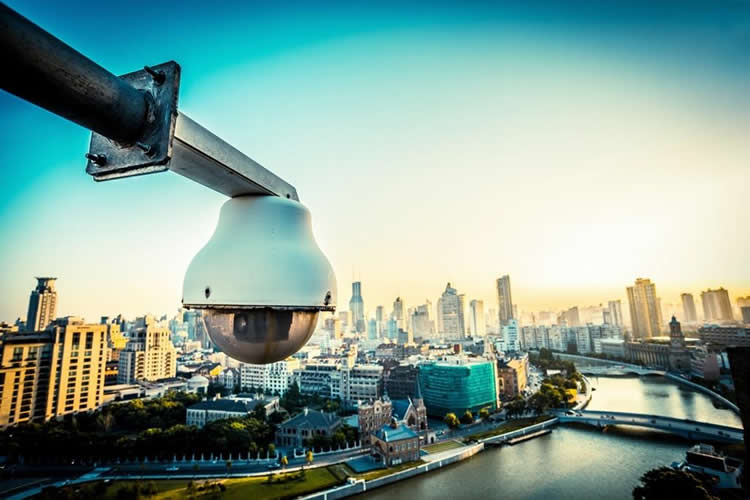Thales2017-04-05 12:03:12
The Video Protection Revolution is Under Way
However, new technologies are creating pathways to enable the best possible use of these systems. Ongoing advances in video processing, Artificial Intelligence (AI) and Deep Learning are revolutionizing the field of video protection. Simple images viewed by operators are now being replaced by distinctive data. These data may be quantitative (number of persons or cars within a defined perimeter), qualitative (detailed individual features, identification of an object, etc.), or behavioural (crowd size and activity, unlawful entry in a prohibited area, violent behaviour in individuals, etc.). The operator is no longer required to observe dozens of screens at all times to detect an issue that requires action. The operator is now automatically alerted by the intelligent video analysis system, which will indicate the screen on which his attention should be focused, while also providing a detailed view of the situation from the start. Thus, an easier path towards quick decision-making is created, with the operator able to concentrate solely on tasks on which he can have real impact. This is a major asset for personnel in charge of managing an urban area or a high-sensitivity zone.
Versatile uses, perceptible sources of growth
The strengthening of security is the most widely understood goal. Such a system, however, also enables the regulation of vehicular traffic within cities through continuous observation of road conditions and real-time adaptation of traffic control signals (stop lights, etc.), the video verbalization of illicit activity, and other means. Of course, innovative systems which collect large amounts of data on a permanent basis must have safe means by which to store and classify these data, as to avoid a tangled heap of inextricable information during post-event analyses. Thus, mastering Big Data structures becomes a crucial and necessary step.
These new video analysis tools are a strong source of growth for their users. In a public service framework, real-time sharing can be achieved between officials (police force, fire service, hospital, etc.), so as to increase efficiency and optimize the investment.
Moreover, such a system, working in concert with other sensors deployed within cities in the near future (cf. The Internet of Things), will provide a broader overall view of certain situations, while also helping to prepare for certain scenarios via comparison with previous events.
Singapore, the archetype of a safe and smart city, has adopted such a system and is already reaping the benefits.
For more information contact:
92526 Neuilly-sur-Seine
France
Tel: +33(0)1 57 77 80 00
